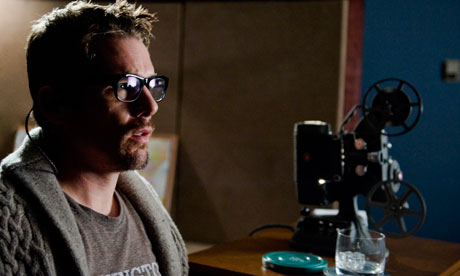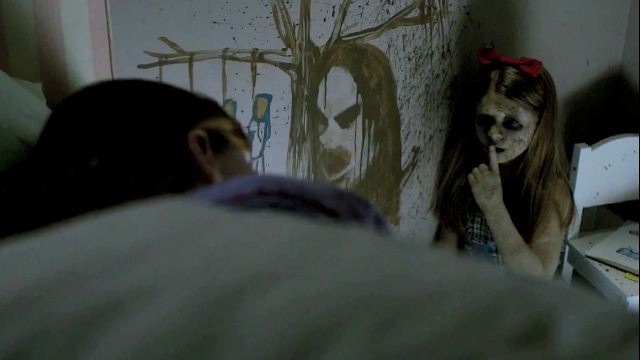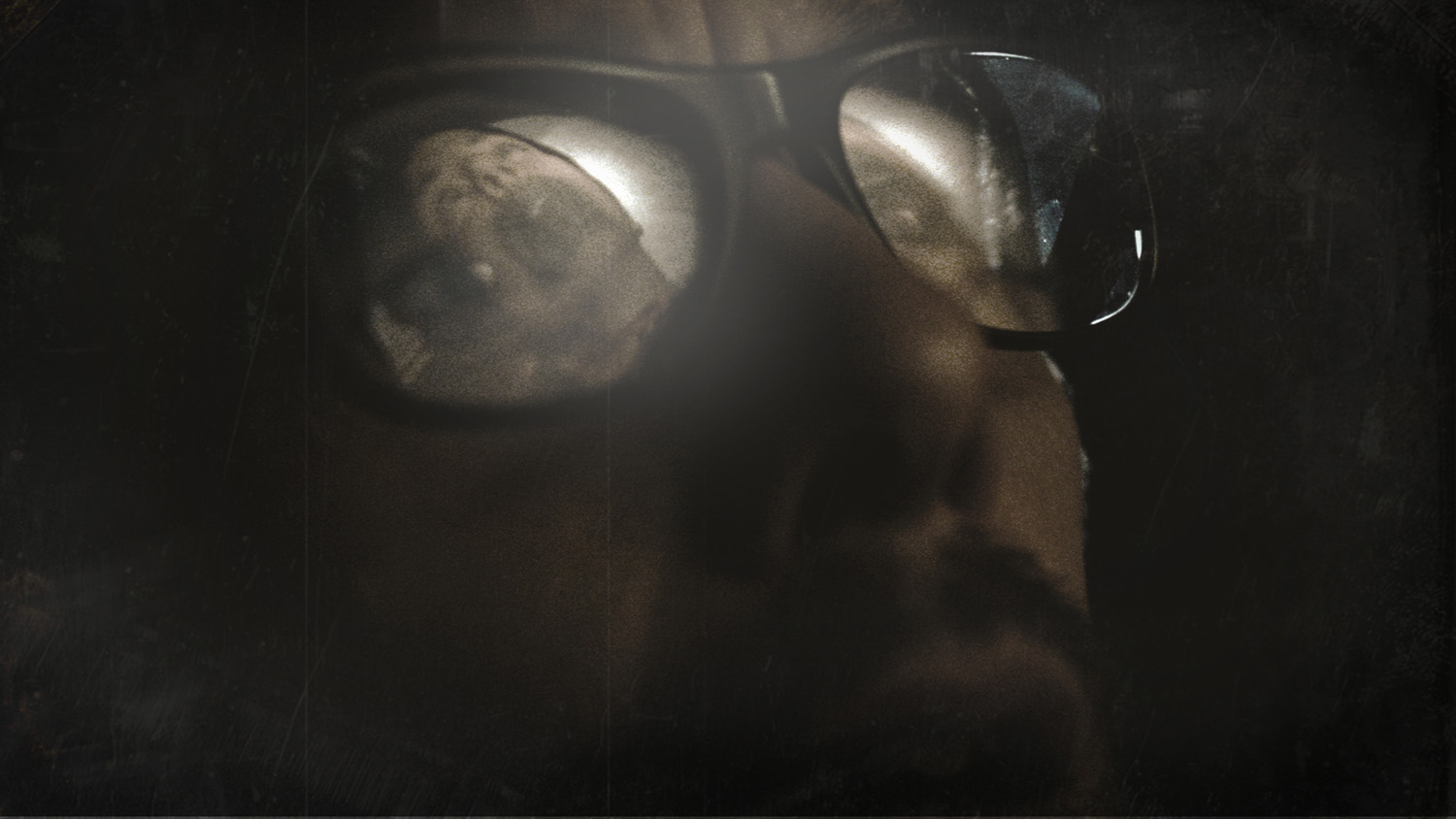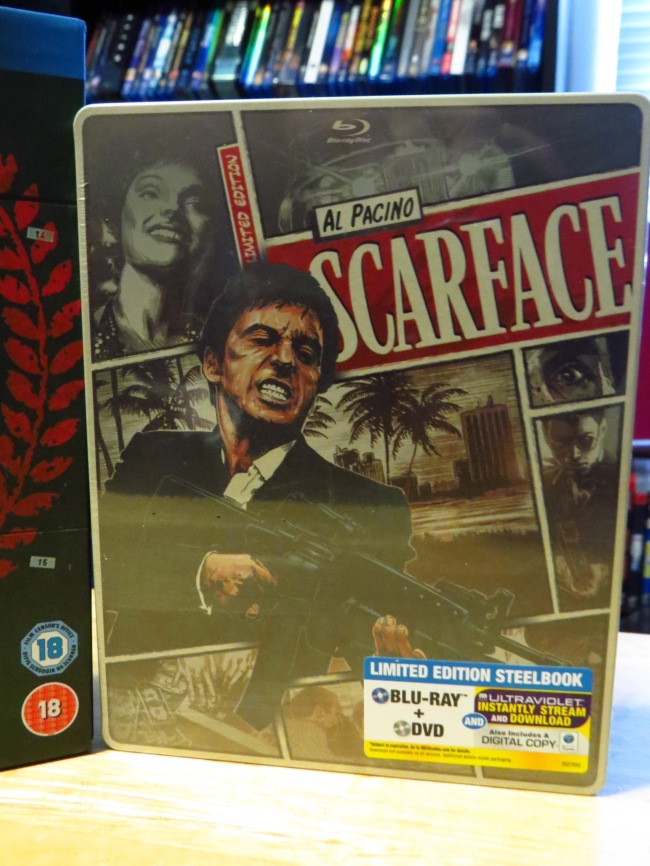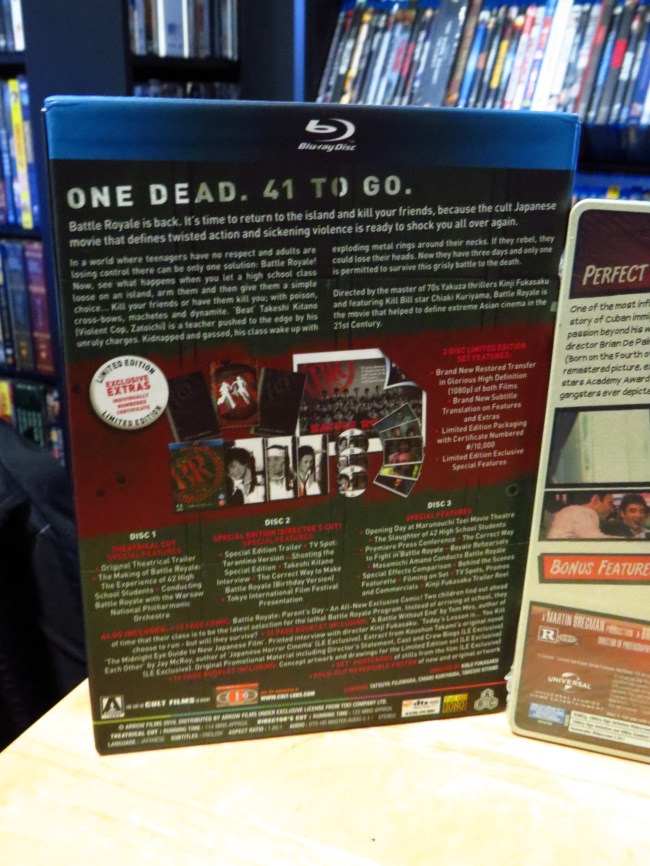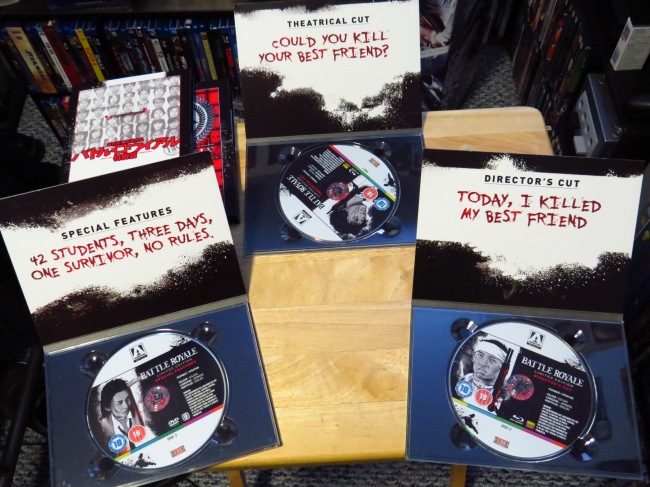What You May Like:
- Marvelous audio/visual presentation
- Initially intriguing story and plot twists
- Fantastic production values
- Very attractive cast
What You May Not:
- Story takes too long to build itself
- Later story details do not feel satisfactorily explained
- Overall characterization is fairly low
- No clear villain
What You’ll Remember:
- How beautifully “clean” the future can be
In 2010, American director Joseph Kosinski was given his chance for a breakthrough film with his debut directorial feat in Tron: Legacy. While the film was a marvel of visual splendor, offering up some grand ideas to modern CGI effects, it failed to truly wow critics with a story that could have been leagues beyond itself, and characters who though looked great, put forth mostly basic performances; great expectations despite its early 80s predecessor being mostly a flop. So while there were no other works to measure Kosinski’s abilities on the director’s chair, the popularity Tron received commercially through word of mouth, merchandising, home video, and of course beholding the Disney name, all gave Kosinski a worthy enough name in film direction. Now in 2013 we receive Oblivion, a completely original sci-fi film that is surprisingly (for our time) not based off a book, play, TV show, or any former piece of media or idea whatsoever; a film not only containing Kosinski’s name again as director, but also a couple of A-list Hollywood giants in the forms of Tom Cruise and Morgan Freeman to hopefully outdo his last work. Now although the film does achieve some good intentions through its technical prowess, it does so mostly in the form Tron:Legacy did, only this time unfortunately without the Disney name, thus meaning less revenue in merchandising and overall fanaticism.

Oblivion stars Tom Cruise as Jack Harper, a man living and working in a post-apocalypse Earth, which fell into a grand interstellar war against beings called “scavengers” from a distant planet looking to garner more resources elsewhere. Though the human race of Earth won this war, it came at the cost of an actual inhabitable planet, which became completely ravaged and water torn, forcing humans to begin preparations to move to a livable moon of Saturn, yet in the meantime all taking residence on an elaborately built space station nearby until the Saturn moon becomes ready. Jack Harper and female companion Vika, played by beautiful English actress Andrea Riseborough, are both assigned to a station in the middle of an Earth desert in order to both clear out any remaining drones on land in addition to create energy from the remaining water left using another intricate system. In this setup it is Harper who goes out to do the dirty work whereas Vika aids him with coordinates and satellite feeds from the station. Soon they both notice some unidentified vessels crashing on Earth nearby and discover that there are a few sleep chambered survivors in one of them, one of which happens to be a mysterious beautiful woman who we later learn to be named Julia, played by Ukrainian model and actress Olga Kurylenko, who has inexplicably been flashing in and out of Harper’s dreams for a significant while. Once she is released Harper begins to see his past revealed in ways he never before expected or even foresaw, and must come to question his own past, existence, and ultimate purpose from then on.

In addition to Harper’s story, we have a hideout group who the team of Harper and Vika original thinks of as scavengers, yet discover are actually a small army looking to end the war once and for all with these scavengers (or whichever ones are strangely enough still on Earth, even though their part in the war has been lost for a long time). The team is led by Beech, played by Morgan Freeman in a mostly passable and forgettable performance, as well as accompanied by plenty of civilians and head trooper Sykes, played with basic generic functionality by Game of Thrones star Nikolaj Coster-Waldau. Yes, also forgettable. Harper’s story soon extends him towards this team and Oblivion becomes a film about the last remnants of war between the humans and… well, some random machines that have either gone haywire or have been hacked by the actual scavengers themselves. Unfortunately, the lack of a real villain and similar sort of story plainness is ultimately where Oblivion‘s biggest issues lie, despite it being an epic futuristic vision in a similar vain to Kosinksi’s Tron.
Viewers will notice that the biggest show stoppers in Oblivion who do just enough to be called show stoppers are with star actors Cruise and Riseborough, whose relationship in the film, both platonic and non, becomes the most seductive, despite Cruise’s additional relationship with Kurylenko’s character. Upon opening we get a background synopsis of the current circumstances by Cruise, yet one may get the feeling that it doesn’t truly feel so much like Cruise is playing any sort of future sci-fi lone soldier, but really, just playing Tom Cruise. While he functions well as an actor here, there is nothing to really write home about in the end to establish Jack Harper as even a likeable hero. It’s forgivable, if a tad disappointing. Therefore it is a great save that director Kosinski has such an incredible eye for artistic visions, cinematography, and slick style filmmaking, as Oblivion is undoubtedly one of the most beautifully gorgeous examples of sci-fi cinematography in recent years or even the last decade entirely. While none of the actors really do enough to capture your heart, the stellar audio and visual presentation of Oblivion surely will, and that is indeed the film’s obvious highlight and cash cow. Vast and clear landscapes, ultra-clean indoor modern solid-colored furniture, incredibly slick machinery, and Kosinski’s very meticulous care and clever eye in establishing some very precise and well-placed props and actors within a set piece shot or camera pan, it all works to bring Oblivion’s lonely but immaculately epic atmosphere as a character all in itself. This is not even to mention the audio and technical sound effects; aside from the great HD transfer of it all, the film is constantly tossing the most pleasing and boastful futuristic sounds you’ll hear all year, and it is obvious the filmmaker’s had a specific love for all things sci-fi considering the ambitious audio presentation here. Everything a sci-fi nerd’s ear dreams about – robotic bleeps, zooms, machinery scans, phaser rifles, intercom distortions and other emissions – it’s almost overwhelming at certain spots, but always welcome and helps boost Oblivion to greater and more intriguing life. That being said, yes, on a technical level Kosinski once again impresses just as he did before.

Now while things all look and sound fantastic, the story front is where Oblivion falls short of capturing lots of its audience, despite the introduction bringing plenty of involving elements that are for the most part saved by intelligent direction which involves some very dreamscape-like use of camera pans and a low and subtle but seductive soundtrack. Yet though Kosinski has some sly tricks, the main crux of the plot simply takes far too long to get going, and granted that Morgan Freeman doesn’t appear on screen until an hour into the film being disappointing enough, this is where we finally get to the meat of our feature, and by this time the script only has so much to hold onto. It is at this point that the audience will begin to notice that Oblivion is not all it is cracked up to be… but that is until a very strange yet very interesting plot twist comes very and pleasingly unexpectedly our way; and though the film won’t lose you entirely up until that point, Oblivion gets a much needed boost that really should not have taken that long to get to. Some editing could have helped during the first hour, even if that would have cut the running time below two hours (as scary as it is to do that these days). Additionally, some logical questions with said plot twist are left suspended for a bit, my guess would be to aid with the film’s overall suspense, yet when we do finally get our answers they actually feel like a dose of spammy ham the writers clutched in at the last minute, almost as if they couldn’t think of an intriguing enough scenario themselves, thus making the actual plot twist feel more like a shoehorned act of desperation to keep audiences from tuning out altogether. This is of course bad news, not even coming to count in the fact that our small rebel army led by Freeman and Waldau feel too much like cardboard stills who really should have either been given a much greater character arc (or any really) or at least a more dominant presence. Many of the extras, if not all of them, are there for one reason and one reason only – to die. On our mainstay protagonists, we also are not granted either an interesting enough relationship or significant character growth to involve us enough towards them as people, despite being held over by some luscious special effects during the fast-paced firefights.

To add a little more insult to injury, said firefights are typically with flying drones sent over by what seem like those pesky scavengers whom the war is being fought against (you know, that war that supposedly ended decades ago?). The audience will eventually question what the real threat actually is considering not once in the entire film do we ever see the actual scavengers go up against any of our protagonists at all, but the only fights we do get are with our small army and self-aware flying droids; meanwhile, the scavengers do only appear in fewer scenes that can be counted on one hand, just spying on our good guys through binoculars but nothing else. An idea perhaps would have been to make them an actual presence if even to sacrifice some of the elongated establishing of the film’s first hour. This lack of an antagonist threat would in fact only leave the saving grace of Oblivion to be that plot twist mentioned earlier, and while it does play out to a somewhat satisfactory degree, there are still far too many questions by the film’s conclusion that simply were not explained thoroughly enough to feel as if it was something written with substantial talented intricacy, and may lead one to watch the film once again. To yours grinch truly’s own surprise, that idea would not be even all that bad, because despite these plot and script shortcomings, Oblivion has much going for it in the likes of its wonderful audio and visual persona as well as some moments of genuinely immersive character dialogue and a generally fantastically hypnotic atmosphere. Kosinksi does give us more old fashioned style over substance, but it is style that is so well envisioned that it does enough to make Oblivion a worthwhile endeavor, if never to come close to a classic piece of science fiction.
Extras:
A fairly fulfilling small bunch. Besides your expected commentary track there are a handful of deleted scenes that only last about thirty seconds to minute each. Next there is a five-part set of behind-the-scenes making-of featurettes which are impressively well produced, giving us different views on Oblivion, such as its locales, machinery, special effects, original storyboard ideas and conception, and stunt work. Each featurette gives us plenty of interviews with the crew, as well as Cruise, Riseborough and Kurylenko as cast; Freeman must have been busy, or realized his part was too underdeveloped to warrant an interview (I don’t blame him). There is also an option to play the film with or without a score. While the bunch is decent, it would have been a treat to either make the featurettes longer as they only last between five and eleven minutes each, or perhaps give us some trailers.

Graphics and Sound:
Oblivion is already an incredible film to see and hear already as a production, and the blu-ray transfer is incredibly close to matching it perfectly. On the visual front, the film looks just as good as it, well, looks. For the most part, the film is crystal clear and one of the more pristine transfers you will see on the market today; edges are beautifully sharp, colors are never blurry or soft with just the right touch of vividness, and close-ups are full of detail. Unfortunately, that ugly little monster called noise distortion does rear its annoying head every now and then; while these scenes are very few, they are noticeable when they pop up, and for such an amazingly clean transfer it really should not be the case. Forgivable but unnecessary. Now what would balance this small visual glitch out would be the seamless and perfected audio transfer. Kosinski does prove himself in the film as a true talent of sights and sounds, and on the sound front, the blu-ray is nothing short of spot-on perfection. Dialogue is clear and without fault, but what makes it even better is how well balanced it is with the other effects. All those sci-fi effects are made to sweep your ears off your head already, and are so rich and wondrous that they can almost be counted as music, and never do any of these become too overwhelming or disruptive throughout the film; therefore if the track would be shot out through even a basic sound system, it would still do much to take the film to some epic audio levels.
Final Verdict:
Kosinski for the most part has repeated himself from his last debut directorial outing, and while it is not completely bad news, Oblivion will hold less appeal to the mass audience that Tron: Legacy had, due both to not being an appealing factor to young children and whole families, but also as being even less relevant on the part of its post-theatrical performance. It is obvious that this film required a PG-13 rating if it wanted to gain any significant business at all, and such a holding back can be seen in the lack of blood and hesitancy towards more adult-oriented language and potential sexual tension. One can easily tell these could have worked further but were unfortunately only hinted at shortly. The film does contain some very significant positives that will make it a better treat to more hardcore sci-fi fans than your average movie-goer, and in the end that will be the deciding factor for viewers – does a science fiction atmosphere do enough to interest you given characters and a plot that do not do enough to grip you or be significantly relatable? A technical marvel beyond any doubt, the film seems to work best as a grand sci-fi filmmaking template, something filmmaking students can learn from, and not so much an emotionally relatable production that will hold itself in the minds and hearts of its viewers for some time to come. Worth a purchase for this specific type of fanatic to the genre, and a good rental for everyone else. I’d say 2.5 tets out of 4.










